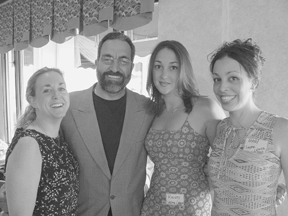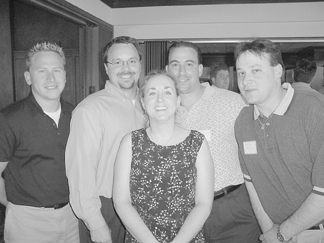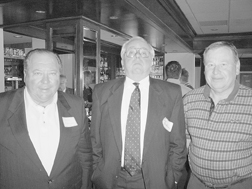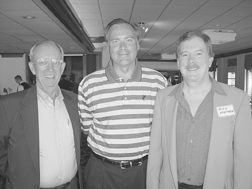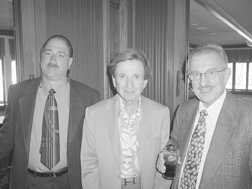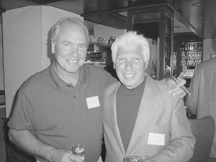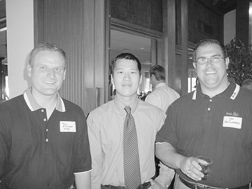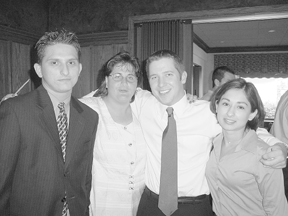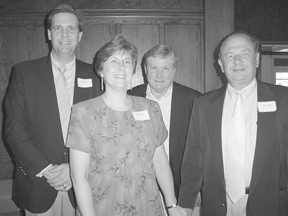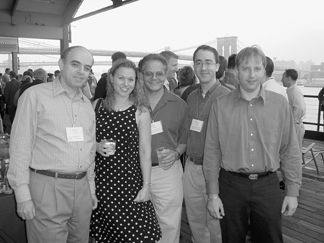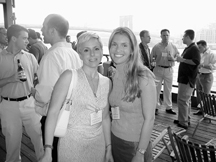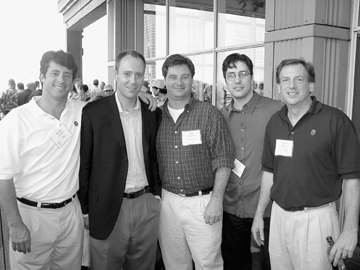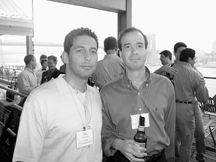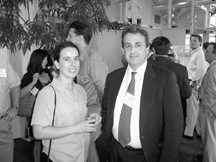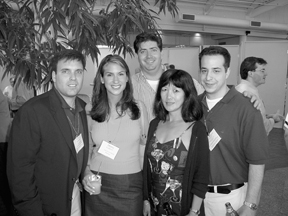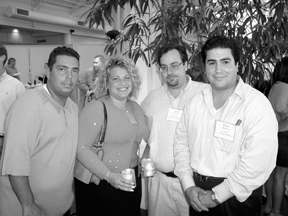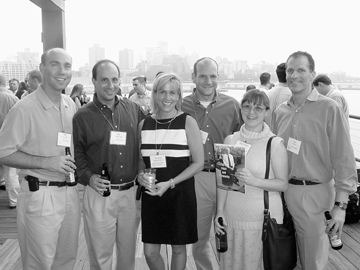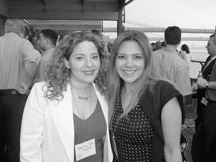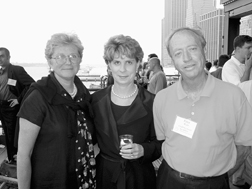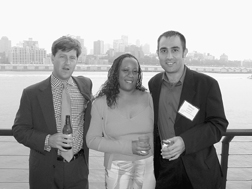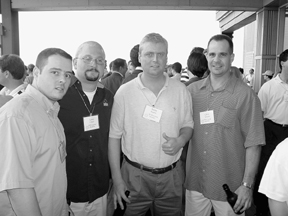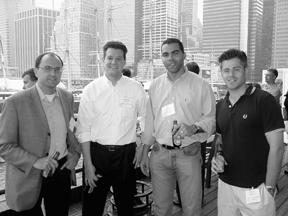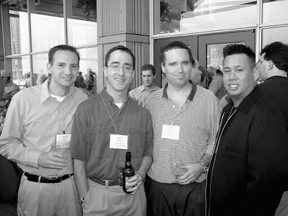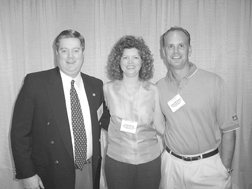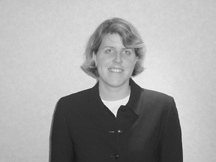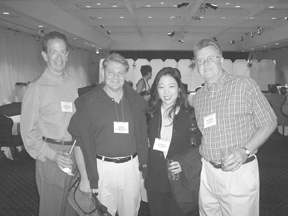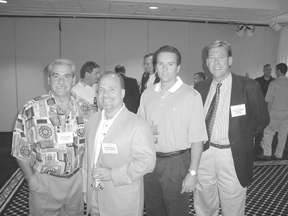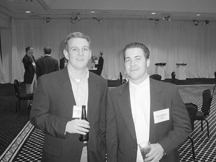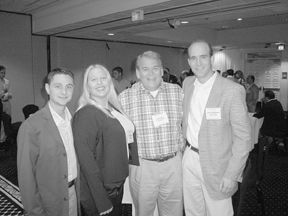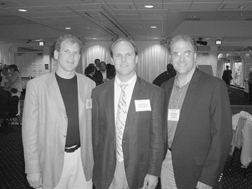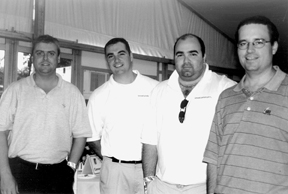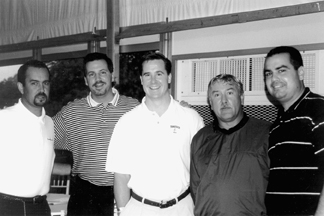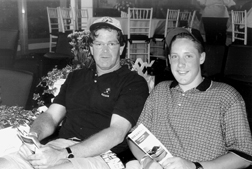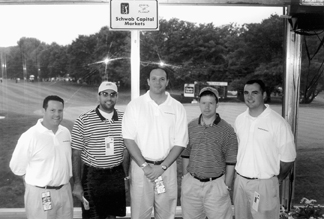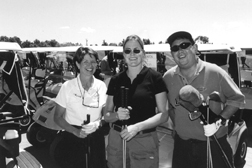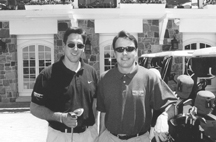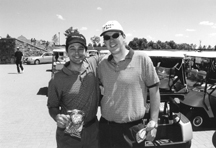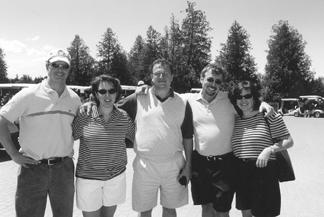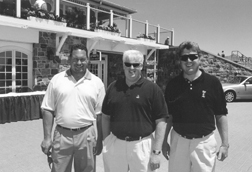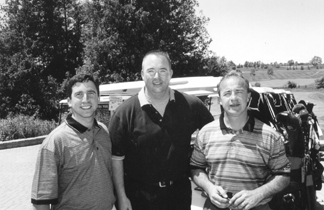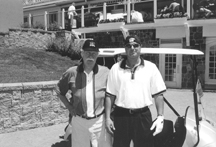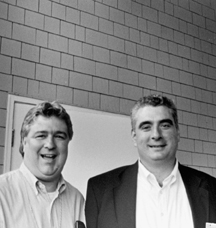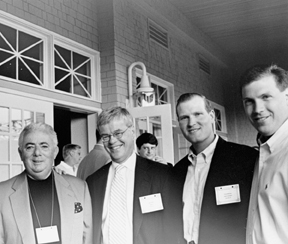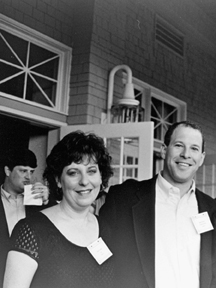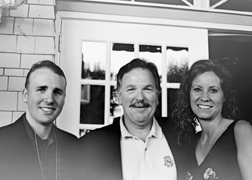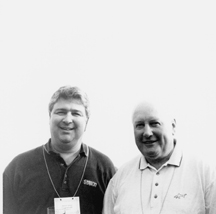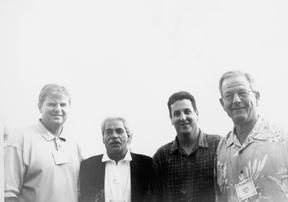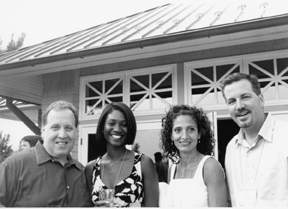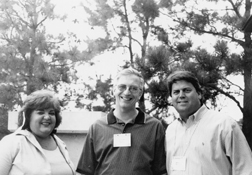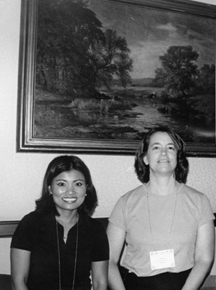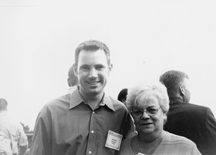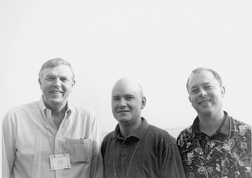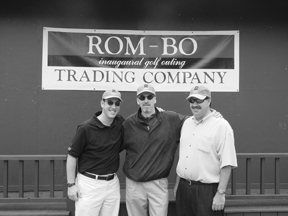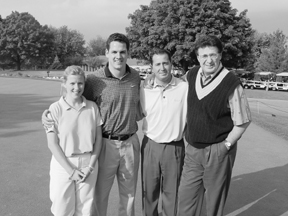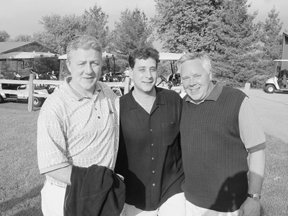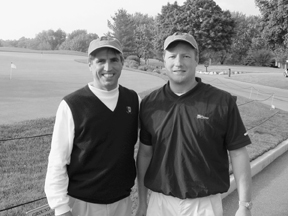Mark Borrelli is an ex-Securities and Exchange Commission attorney now working in the private sector.
His soon-to-be-published paper, "Market-Making in the Electronic Age," argues that ECNs are being short-changed under the current regulatory structure. He urges the SEC to make it easier for ECNs to participate in the so-called National Market System (NMS).
The NMS is the SEC's concept of a single, unified stock market created by the electronic linkage of the country's market centers.
It is considered to comprise four subsystems. The Consolidated Tape Association (CTA) and the Consolidated Quotation System (CQS) broadcast quotes and transactions emanating from the nation's stock exchanges and Nasdaq's InterMarket. The Intermarket Trading System (ITS) broadcasts quotes and permits trading between members of self-regulatory organizations (SROs) in listed securities. Finally, the Nasdaq Quotation System broadcasts market maker quotes and transactions.
Borrelli, 37, spent eight years in the SEC's Chicago office on the enforcement side. At the law offices of Shefsky & Froelich in Chicago since 1999, he has advised broker dealers and investment advisors on compliance issues. His clients, however, do not include ECNs
Traders: What is the problem for ECNs?
Borrelli: Regulation ATS effectively mandated ECN participation in the NMS, but put up barriers to their doing so.
Traders: How so?
Borrelli: To get access to the NMS, ECNs must either become exchanges or work through competitors, like Nasdaq or the exchanges.
Traders: A few are trying to become exchanges. What's the problem there?
Borrelli: It's a slow process. Island has been trying to become an exchange since June of 1999. One of the major barriers is the requirement that an exchange must be able to fulfill its self-regulatory function. They can contract out that function to one of the SROs, but that is not really viable given the intense competition between the ECNs, Nasdaq and the exchanges. And no one is even sure if the existing SRO system will remain intact.
Traders: And if they do become exchanges?
Borrelli: If they do become exchanges then they must join the associations that govern the NMS. These are strange alliances made up of competitors who must get together and run the systems.
Traders: You are referring to the committees that administer the CTA plan, the CQ plan, the ITS plan, and the Nasdaq UTP plan?
Borrelli: That's right. It's a huge disadvantage for the ECNs. In these groups, you need unanimity to make any changes. So, it's impossible to get anything done.
Traders: The alternative to becoming an SRO is to work through competitors?
Borrelli: Yes. Currently, ECNs disseminate their quotes and trade through the facilities of Nasdaq. Although technically Nasdaq is not an exchange, I view them as like an exchange and, therefore, a competitor. Nasdaq, in fact, wants to become an exchange. ECNs would prefer to run their own market and not have to go through Nasdaq. In a lot of ways, they are treated as if they were market makers. But, the ECNs really operate their own distinct markets.
Traders: The ECN, Bloomberg Tradebook, recently began using the Philadelphia Stock Exchange to post its listed quotes in the NMS. Is that the same thing?
Borrelli: Yes. Tradebook is gaining access to the CQS and the CTA through Philadelphia, which is a participant in the plans.
Traders: What is your solution?
Borrelli: The SEC needs to completely overhaul the facilities of the National Market System. The SEC should provide for the creation of one or more for-profit organizations to take over their operations. ECNs need to be able to directly disseminate their quotes into a central system, rather than being dependent on competitors.
Traders: How would that help?
Borrelli: If everyone had equal access to the NMS, speed and quality of execution would play a bigger role. If one party had superior technology they would gain more of an advantage than they have now. Another marketplace might gain an advantage because it works better in volatile markets. Also, the current system, which requires the exchanges and Nasdaq to jointly operate the NMS facilities, simply doesn't work.
Traders: Right now the quoting and trading facilities for listed stocks are separate from those for Nasdaq stocks. Your plan combines both into one organization?
Borrelli: Yes. Nasdaq would be treated as one of the exchanges putting quotes and trades into the system. This makes a lot of sense, especially now that so many stocks are being traded away from the markets on which they are listed.
Traders: So, in effect, your plan would put ECNs on equal footing with Nasdaq and the listed exchanges?
Borrelli: Yes. People would compete on the basis of technology to win market share. ECNs would not be constrained by using the facilities of one of the other markets.
Traders: This organization would operate an order routing service along the lines of the ITS?
Borrelli: I think it should. It could fulfill the functions of the ITS, but more efficiently.
Traders: Thanks, Mark.





